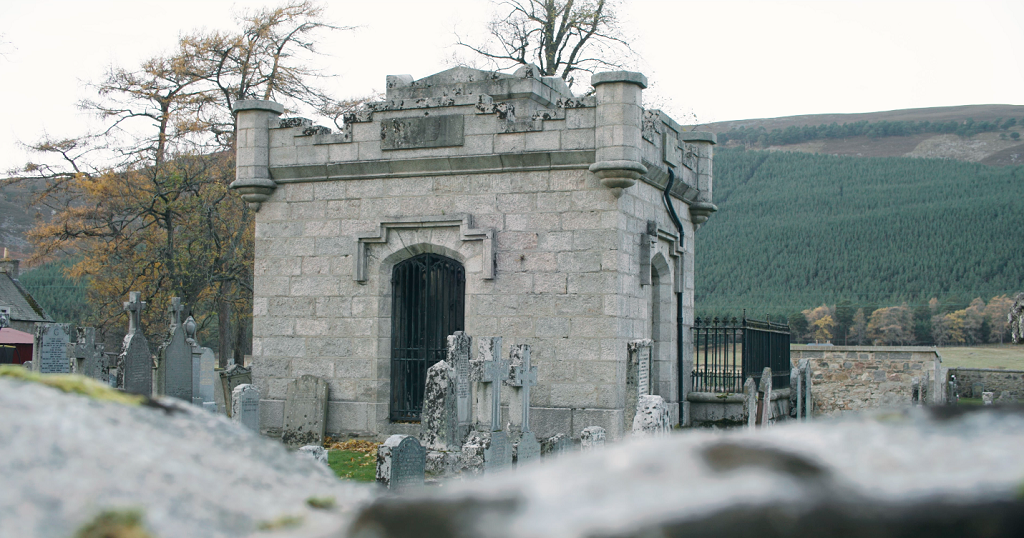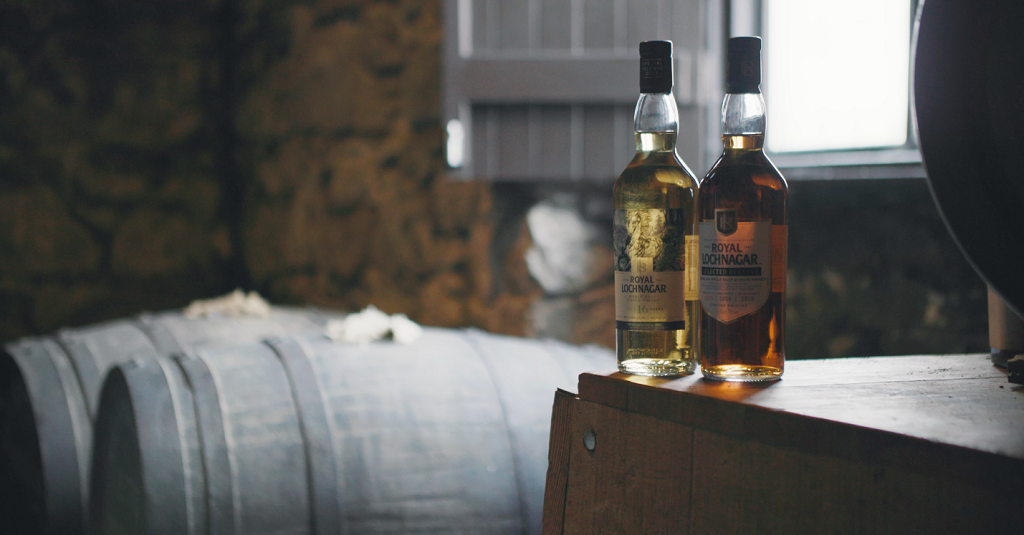Popular Netflix series, The Crown, has boosted visitor numbers to the East Cairngorms, the home to the royal family’s Scottish seat, Balmoral Castle, according to local tourism guides.
Ballater Business Association (BBA) and Braemar Tourism Group (BTG) has attributed this, in part, to the interest the drama has sparked in the area’s local history and heritage.
Simon Blackett, who owns and runs Yellow Welly Tours, says that similar to the effect that other viral TV series, such as Outlander, have had on Scotland, and the same is being experienced in the East Cairngorms.
He said: ‘Hype around The Crown has definitely increased visitors’ interest in the area’s royal connection. It’s certainly worked in our favour as people want to know what we think and over the years I’ve been lucky to meet members of the royal family so I can give visitors a feel for the role they play and the fantastic interest they take in the local area.
‘Interestingly though, visitors’ curiosity goes beyond our more recent royal history with most particularly intrigued by the Jacobite period with the 6th Earl of Mar raising the standard in Braemar to signify the start of the 2nd Jacobite Rising in 1715.’
To help visitors explore the area’s rich history – which includes clan wars, Queen Victoria’s role in establishing a strong royal tie and military occupations – the BBA and BTG have launched the Jacobite Whisky Trail as part of their Imagine More campaign.

Braemar Graveyard
The trail will combine whisky with the area’s unique history starting with the Jacobite period. Tourists in the area can explore the landmarks, and relive the experiences of bygone eras, by planning their visit through a new interactive site map produced by BTG and BBA.
The trail also takes visitors to important heritage locations such as Braemar Castle, the nearby graveyard, Braemar village and the monument commemorating the Raising of the Standard for the 1715 Jacobite Rising.
Further west the trail reaches the River Quoich Punchbowl where, the previous day, a huge gathering of Jacobite leaders and clansmen had toasted ‘the King over the Water’ from a large hollow in the flat rocks, filled with whisky and honey.

Royal Lochnagar Distillery
Maureen Kelly, who is a guide at Braemar Castle, believes that although the East Cairngorms was similar to the ‘Wild West’ from the 16th to the 18th century, major historic moments have occurred there throughout the ages.
She said: ‘Looking beyond the Jacobite period, there are so many stories and major events for visitors to immerse themselves in. During the Second World War the East Cairngorms was home to commandoes doing artic training; Canadian lumberjacks who established a camp near Mar Lodge to support the war effort harvesting wood from the Caledonian forest; and around 100 evacuated Belgian children were housed in the Invercauld Arms Hotel.’
The campaign, which includes a website, promotional video, digital trail map, and trip planner, is part of a series of five which aim to inspire visitors to explore the East Cairngorms as a year-round destination for outdoor activity.
For more information on the Jacobite Whisky Trail or the East Cairngorms’ History and Heritage, head HERE.
TAGS

